- News
- Reviews
- Bikes
- Components
- Bar tape & grips
- Bottom brackets
- Brake & gear cables
- Brake & STI levers
- Brake pads & spares
- Brakes
- Cassettes & freewheels
- Chains
- Chainsets & chainrings
- Derailleurs - front
- Derailleurs - rear
- Forks
- Gear levers & shifters
- Groupsets
- Handlebars & extensions
- Headsets
- Hubs
- Inner tubes
- Pedals
- Quick releases & skewers
- Saddles
- Seatposts
- Stems
- Wheels
- Tyres
- Tubeless valves
- Accessories
- Accessories - misc
- Computer mounts
- Bags
- Bar ends
- Bike bags & cases
- Bottle cages
- Bottles
- Cameras
- Car racks
- Child seats
- Computers
- Glasses
- GPS units
- Helmets
- Lights - front
- Lights - rear
- Lights - sets
- Locks
- Mirrors
- Mudguards
- Racks
- Pumps & CO2 inflators
- Puncture kits
- Reflectives
- Smart watches
- Stands and racks
- Trailers
- Clothing
- Health, fitness and nutrition
- Tools and workshop
- Miscellaneous
- Buyers Guides
- Features
- Forum
- Recommends
- Podcast
BUYER'S GUIDE
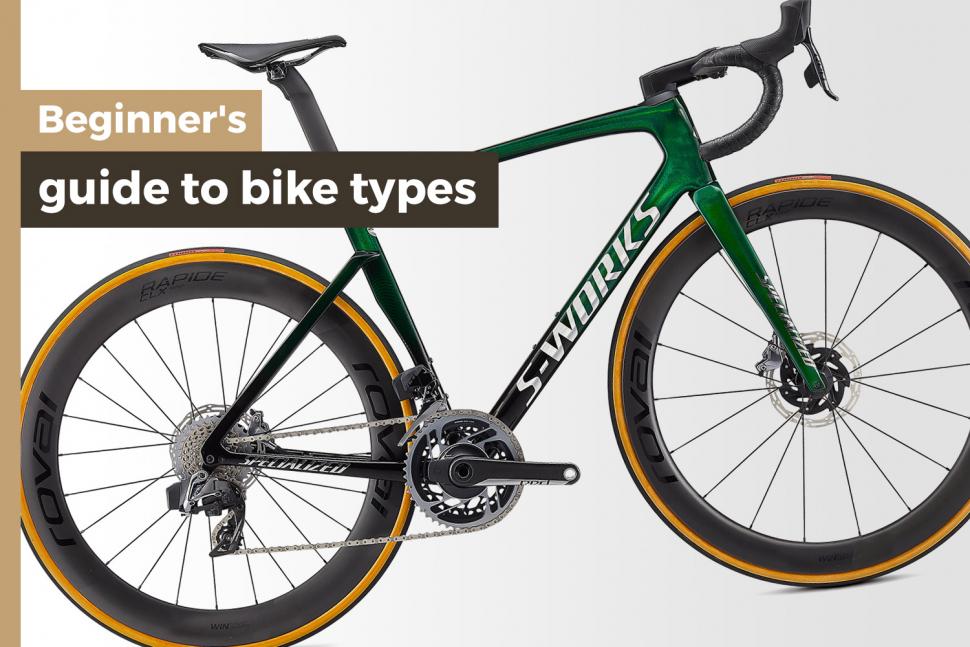 Beginner's guide to bike types Nov 2021
Beginner's guide to bike types Nov 2021Beginner's guide to bike types - compare the big categories of bikes
If you’re just getting into cycling, one of the biggest sources of confusion is the jargon around bike types. We’re here to help you tell the difference between road racers, sportive bikes, cyclocrossers and more.
Along with the bike boom of the last decade there’s been a boom in the types of bike on offer as the bike industry tries to offer us bikes that are just right for the wide range of riding we do. You can ride and have a great time on just about anything, but if you’re shopping for a bike it’s handy to know what the different types are best at.
>>Bamboozled by bike jargon? See our A-Z of technical terminology
Road racing bikes
Sleek, stripped-down and as light as possible, these are bikes intended for racing on the road (the clue’s in the name) in events where riders start together. They feature close-ratio gears; skinny tyres, usually 25mm wide though you'll still see 23mm rubber occasionally; and drop handlebars.
Even if you don’t race, blasting down the road on one of these, sharp, purposeful bikes can be lots of fun. On a sunny July afternoon you can pretend you’re climbing the Tourmalet in the Tour de France even though you’re really on Box Hill
High-end road racing bikes, especially those used in professional racing, have frames made from carbon fibre composite to reduce weight. Frames may also be made from titanium, aluminium and steel, each of which has its own characteristics that give rise to a frame’s feel.
Road bike wheels are a size known as 700C, a name that comes from a French system that’s otherwise largely disused. What you need to know is that this is the almost-universal size for adult road bike wheels.
Road racing bikes have one of three tyre types. Clinchers are the most common. They have a wire bead that engages with a hook on the rim to hold them in place and have a separate inner tube. Tubeless tyres are similar but the air is held in place by a rubber coating on the inside of the tyre, a sealing strip in the rim and sometimes a liquid sealant. Tubular tyres have the tyre casing sewn around the inner tube and are held on a special rim with glue.
The brakes on road bikes either act on the rims or on disc rotors attached to the hub. Disc brakes have become almost universale on bikes from about £1,500. The rims will often have a deep-section shape for aerodynamics.
Cutting through the air is also the objective of the riding position on a road racing bike which usually features a substantial drop and reach from saddle to handlebar. However, you do need a bit of flexibility for this position to work for you.
There’s a widespread belief that road racing bikes are uncomfortable, but that’s not the case if they’re set up properly. After all, professional racers sit on these bikes for three weeks in the Tour de France, which wouldn’t be possible if the bikes were agonising. However, it’s unarguable that the skinny high-pressure tyres of a road racing bike can transmit plenty of road vibration to the rider. As a result, these bikes work best on smooth roads.
>>Read more: The Best Road Bikes Under £1,000
>>The best £500 to £750 road bikes
>>Read more: Best Road Bike Bargains for under £500
>>Read more: The best road bikes under £300
Sportive bikes
A sportive bike is a rather softer version of a road racing bike, intended to improve comfort for riders taking part in one-day challenge events. Sportive bikes therefore usually have a more upright riding position, achieved with a longer head tube and shorter top tube.
These are still road bikes, but since sportive road surfaces are often poor, they’ll accommodate wider tyres than a race bike for better grip and comfort, and some have mounts for mudguards so you don’t get soaked if the weather turns wet.
Sportive bikes often have disc brakes for all-weather control. Some also have features intended to absorb road vibration, such as Specialized’s Future Shock and Trek’s Isospeed decoupler.
Sportive bike gearing tends to be lower than on road racing bikes. Rather than a race bike’s 52/36 chainrings, you’ll usually find a 50/34 compact chainset, and bigger sprockets at the back too.
You’ll find the full gamut of frame materials in sportive bikes, from custom steel and titanium to lightweight carbon fibre and aluminium.
Aside from riding position and the details discussed above, sportive bikes have many features in common with road racing bikes, including 700C wheels, clincher tyres, narrow saddles and drop handlebars.
>>Read more: Buyer's guide to sportive and endurance road bikes
Touring bikes
Packing your possessions into panniers and pedalling away is a great old cycling tradition; touring bikes have developed to make it easy to get away from the 9-5 on your bike.
The obvious defining features of a touring bike are pannier racks to carry your luggage, or at the very least a rear rack, and mudguards to keep you dry if it rains. Accommodating those, and fatter tyres (at least 32mm wide) to help carry the weight, means the frame will be longer and gappier.
That in turns means the caliper brakes on road racing and sportive bikes won’t reach the rims, so touring bikes have traditionally used cantilever brakes. Modern touring bikes often have disc brakes, which solve the same problems and improve braking.
With a shorter top tube and longer head tube, touring bikes have a more upright riding position.
Touring is one area of cycling where steel is still a common frame material. Tourists value its springy feel and durability. For those with dreams of long-distance expeditions, it has the advantage of being easily repaired; you can’t get a heat-treated aluminium frame welded by a garage mechanic in eastern Kyrgyzstan.
So that you can keep riding with a full load however steep the road gets, touring bikes have the lowest gears of any category of road bike. Ratios below 1:1 aren’t unusual, and tourists often modify their bikes to get even lower.
>>Read more: the best touring bikes
Cyclocross bikes
Cyclocross is the winter cycling discipline of off-racing on drop-bar bikes with fatter, knobby tyres on short courses, usually in locations such as municipal parks. It involves a mix of surfaces and obstacles such as low barriers, steep run-ups and sand pits. And mud. Lots of mud.
Cyclocross bikes intended for racing are therefore a bit higher off the ground than road bikes and have lots of clearance around the tyres for mud. They used to have cantilever brakes, but since disc brakes were allowed in cyclocross racing a few years ago, discs have taken over.
Gearing is usually close, with 46/36 chainrings for fast, hassle-free shifting. Some racers have always used single chainrings and that’s become a more common option as single-ring technology has crossed over from mountain biking.
The ability to run very low pressures with less chance of a pinch flat means tubular tyres are still popular for cyclocross, though off-the-peg bikes usually have clinchers. Racing equipment rules limit tyre width to 33mm, presumably to stop cyclocross bikes turning into drop-handlebar mountain bikes.
Steel and titanium are still used occasionally for cyclocross bikes, but the need to keep the bikes light so they can be carried in running sections means aluminium and carbon fibre dominate.
In the last few years many riders have realised that a cyclocross bike’s ability to accommodate wider tyres makes it a great round-town pothole-basher. That’s led to ‘soft’ cyclocross bikes with mounts for racks and mudguards and less racy gears. With a change of tyres these bikes can tackle anything from a sportive to dirt roads to your first cyclocross race.
>>Read more: Beginner's guide to cyclocross
>>Read more: Buyer's Guide to cyclocross bikes
Gravel/adventure bikes
Part cyclocross bike, part sportive bike and part touring bike, the category known as gravel bikes or adventure bikes might just be the most versatile drop-handlebar bikes around.
The distinguishing features of gravel bikes are room in the frame for very fat tyres, and a riding position and handling that’s not as racy as a cyclocross bike’s. That means they’re great for riding dirt roads and less technical trails, but they’ll also roll along happily on the road too, and they point and laugh at potholes and crummy road surfaces.
Versatility is a vital part of the concept, so gravel bikes will accommodate racks and mudguards. You can use them for commuting and even light touring, though few have the low gearing of a purpose-made touring bike.
That said, you do get wide range gearing on gravel bikes, just not quite as wide as a touring bike’s.
With no silly equipment rules or influence of tradition, gravel bikes universally have disc brakes.
They’re usually made from aluminium or carbon fibre for light weight, though there are steel variants and Litespeed and others offer titanium gravel bike frames.
Over the last couple of years gravel bikes have moved away from standard road bike handlebars and other components. Single-chainring "1X" gearing is common, handlebars are available in a huge range of shapes and flares and tyres have got fatter and fatter. To allow for that, many gravel bikes can accommodate 650B wheels, a smaller size that comes up about the same as a 700C when you fit two-inch tyres.
>>Read more: Buyer’s guide to gravel and adventure bikes
Mountain bikes
Designed for riding on rocky, steep trails, mountain bikes have wide, flat handlebars; fat, knobby tyres; low gears for climbing; powerful disc brakes and usually suspension on the front or both wheels.
There are numerous types of mountain bike including long-travel dual suspension bikes for downhill racing; hardtails with suspension forks for general trail riding; fat bikes with low-pressure, super-wide tyres; go-anywhere dual suspension trail bikes and short-travel bikes for mass-start cross country races.
There are three wheel sizes: 26-inch, 650B (aka 27.5-inch) and 29-inch, in increasing order of size. If you want to see a heated argument about the merits of the different sizes, see every third thread in every mountain bike forum for the last 15 years. In summary: big wheels roll better, smaller ones are more manoeuvrable and beyond that it’s a religious issue. However, the 26-inch sect has definitely lost the argument: almost all enthusiast-level mountain bikes except fat bikes now have 650B/27.5-inch or 29-inch wheels.
During the mountain bike boom of the late 1980s and early ’90s mountain bikes were incredibly popular as urban transport. Riders liked their comparatively powerful brakes, robust fat tyres and upright riding position. Many are still out there.
>>Read more: Everything you need to know about mountain bikes
Hybrid bikes
They don’t get much attention from the cycling media, but as a result of their practicality hybrids are actually the UK’s best-selling bike style. As the name suggests these bikes have features taken from road bikes and from mountain bikes. From road bikes they have light frames and large, 700C wheels. From mountain bikes they get flat handlebars and cantilever or disc brakes. The larger wheels make them nippier round town than mountain bikes.
The tyres are usually in between road and mountain bike width, which helps make a hybrid more comfortable, better able to handle potholes and capable of tackling easier off-road tracks and trails.
Hybrids are almost always made from aluminium for its combination of strength and low weight. They sometimes have suspension forks, which are arguably a bit of a gimmick, adding weight and cost without adding much useful function.
They always have mounts for rack and mudguards, and some models come with them already fitted. Hybrids intended for the European market may also have lighting systems powered by a dynamo built into the front hub, so you never run out of batteries, and a frame-mounted lock on the rear wheel.
>>Read more: The best hybrid bikes
Folding bikes
Want to store a bike in a tiny London flat, or take one on a peak-hour train as part of a bike-train-bike commute? You need a folder. As the name suggests, these are bikes that fold, but modern folders are a long way from the hinged Raleigh 20 of the ’70s.
A top quality folder, such as a Brompton or Birdie, folds in seconds into an easily-carried or stashed package. That means you can probably also store it under your desk at work, rather than leaving it out to risk getting stolen.
Folding bikes generally have steel or aluminium frames and small wheels. You sacrifice some ride comfort for the convenience of folding, but better folders deal with that by including suspension.
>>Read more: the best folding bikes — machines that shrink when you need to stow them away
Electric bikes
Add a motor to any of the bike types above and you get an electric bike, aka an electric-assist pedal cycle, to use the full legalistic designation, or an e-bike to anyone not paid by the word.
To be street legal in the UK, an e-bike is limited to 250 watts of continuous power assistance, the assistance only happens when you're pedalling, and it stops when you reach 15.5mph — above that you're on your own.
E-bikes are incredibly versatile; it's almost as though everyone who rides one has a different reason for going E. Road racing and sportive style e-bikes enable older and injured folks to carry on doing the riding they love; e-bike hybrids get you to work without needing to get sweaty; mountain e-bikes make long climbs easier so you can enjoy the descents; and so on.
One of the most compelling use cases is those situations where an e-bike enables carrying large amounts of luggage, or children or even dogs, in a way that's impossible — or at least really impractical — on an acoustic bike. Yes, cargo bikes have been around for years, but that 250 watts of assistance has made them vastly more popular.
For (lots) more about e-bikes take a look at our sister website ebiketips.
About road.cc Buyer's Guides
The aim of road.cc buyer's guides is to give you the most, authoritative, objective and up-to-date buying advice. We continuously update and republish our guides, checking prices, availability and looking for the best deals.
Our guides include links to websites where you can buy the featured products. Like most sites we make a small amount of money if you buy something after clicking on one of those links. We want you to be happy with what you buy, so we only include a product if we think it's one of the best of its kind.
As far as possible that means recommending equipment that we have actually reviewed, but we also include products that are popular, highly-regarded benchmarks in their categories.
Here's some more information on how road.cc makes money.
You can also find further guides on our sister sites off.road.cc and ebiketips.
road.cc buyer's guides are maintained by the road.cc tech team. Email us with comments, corrections or queries.
John has been writing about bikes and cycling for over 30 years since discovering that people were mug enough to pay him for it rather than expecting him to do an honest day's work.
He was heavily involved in the mountain bike boom of the late 1980s as a racer, team manager and race promoter, and that led to writing for Mountain Biking UK magazine shortly after its inception. He got the gig by phoning up the editor and telling him the magazine was rubbish and he could do better. Rather than telling him to get lost, MBUK editor Tym Manley called John’s bluff and the rest is history.
Since then he has worked on MTB Pro magazine and was editor of Maximum Mountain Bike and Australian Mountain Bike magazines, before switching to the web in 2000 to work for CyclingNews.com. Along with road.cc founder Tony Farrelly, John was on the launch team for BikeRadar.com and subsequently became editor in chief of Future Publishing’s group of cycling magazines and websites, including Cycling Plus, MBUK, What Mountain Bike and Procycling.
John has also written for Cyclist magazine, edited the BikeMagic website and was founding editor of TotalWomensCycling.com before handing over to someone far more representative of the site's main audience.
He joined road.cc in 2013. He lives in Cambridge where the lack of hills is more than made up for by the headwinds.
Latest Comments
- Rendel Harris 1 hour 7 min ago
Not every freehub makes a noise, especially older ones manufactured before sounding like a Maxim gun apparently became a badge of honour.
- ubercurmudgeon 1 hour 38 min ago
Some quotes need to be put around the word "reciprocal" in the first paragraph.
- David9694 2 hours 14 min ago
this one is wide open for puns, come on people.
- BikingBud 2 hours 15 min ago
Do you mean this woman, who got out to marshall the truck through and is now walking back to said Wankpanzer which is blocking the road again as it...
- mark1a 2 hours 30 min ago
This simply isn't true. I've been running radar lights for 10 years now. I cycle mostly on rural roads, I get notified of approaching vehicles up...
- Rendel Harris 4 hours 59 min ago
Genuinely puzzled as to how you've extrapolated that from what I said. Care to explain?
- Pub bike 42 min 58 sec ago
He is up against the global trading system, which has obviously been in the news a lot lately. Framebuilders in other countries can undercut him,...
- Destroyer666 20 hours 34 min ago
Have you owned Bont shoes? In my experience even the widest Lake shoes have had a bizarre form of narrowing way too much in the toe area. But the...
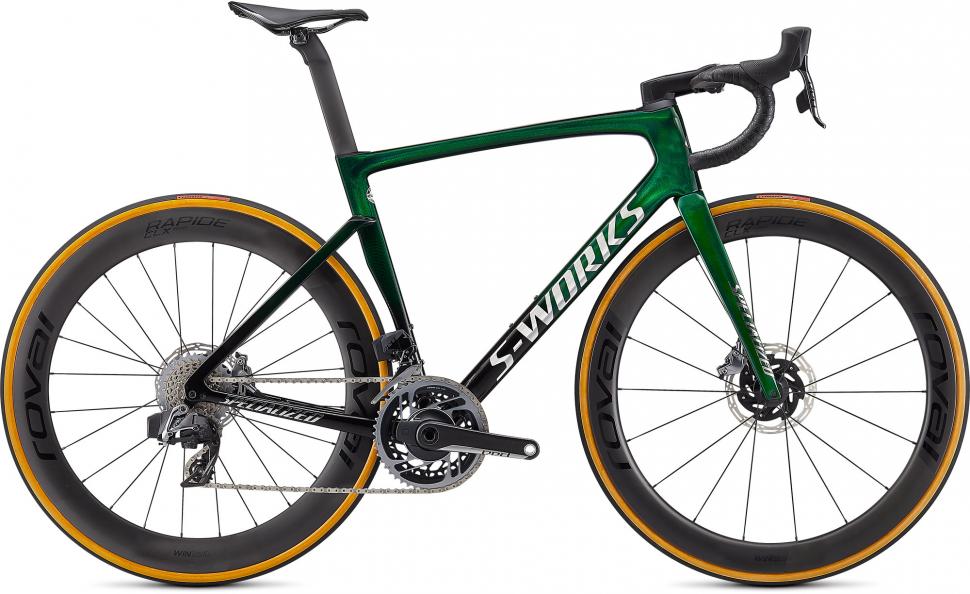
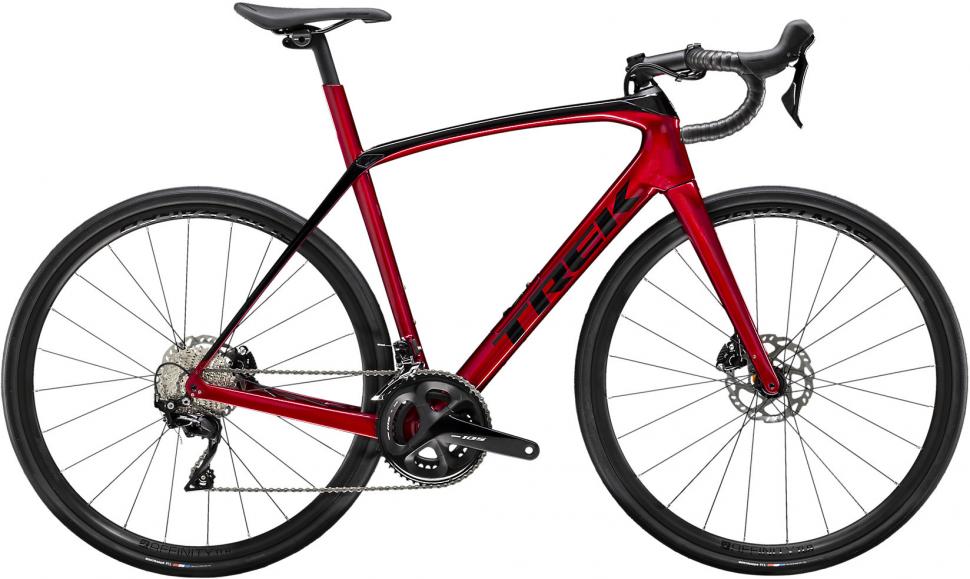


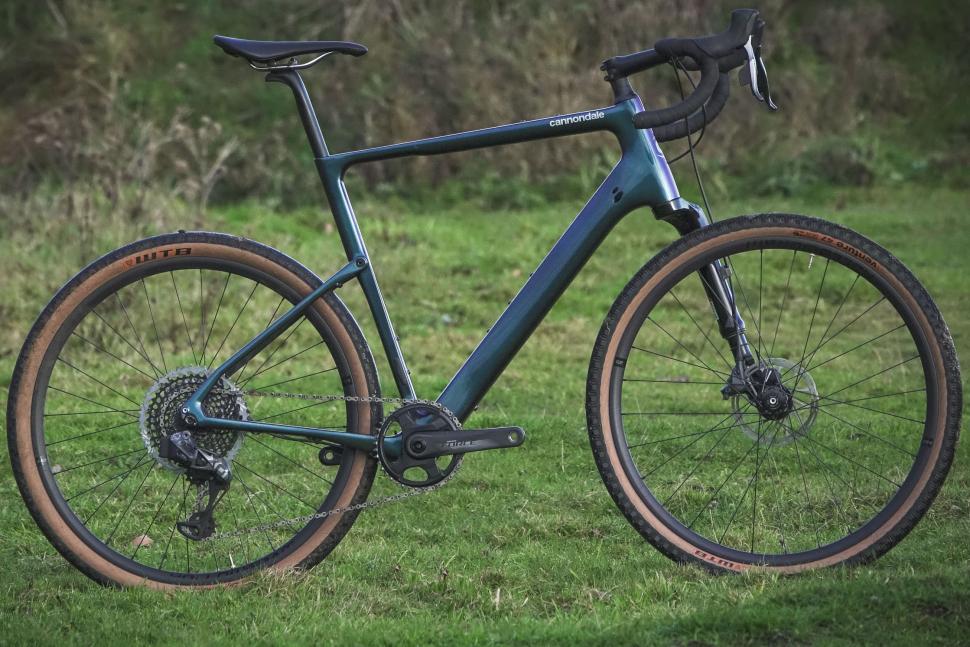
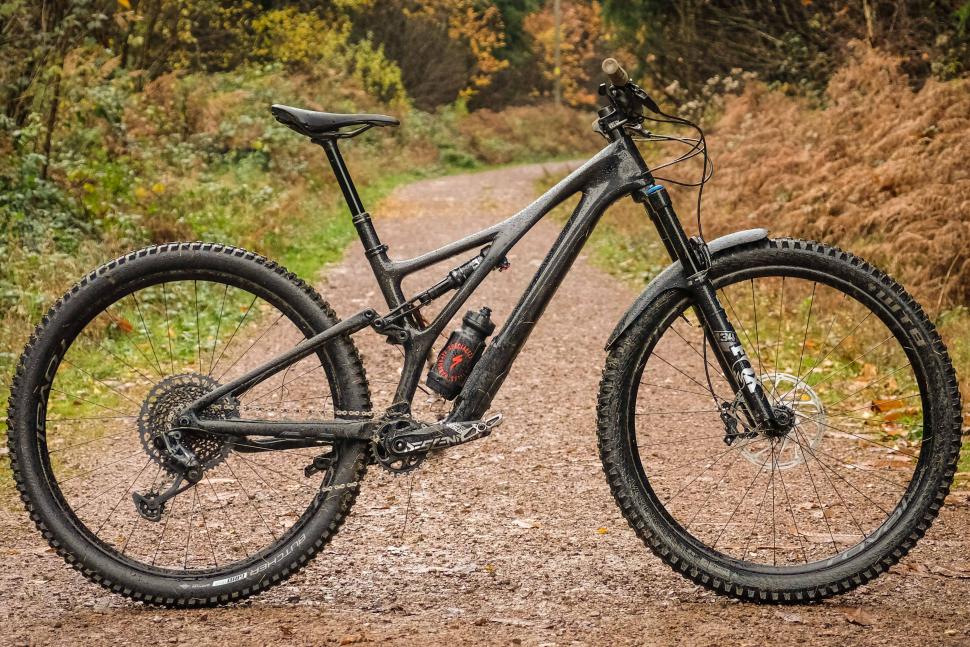


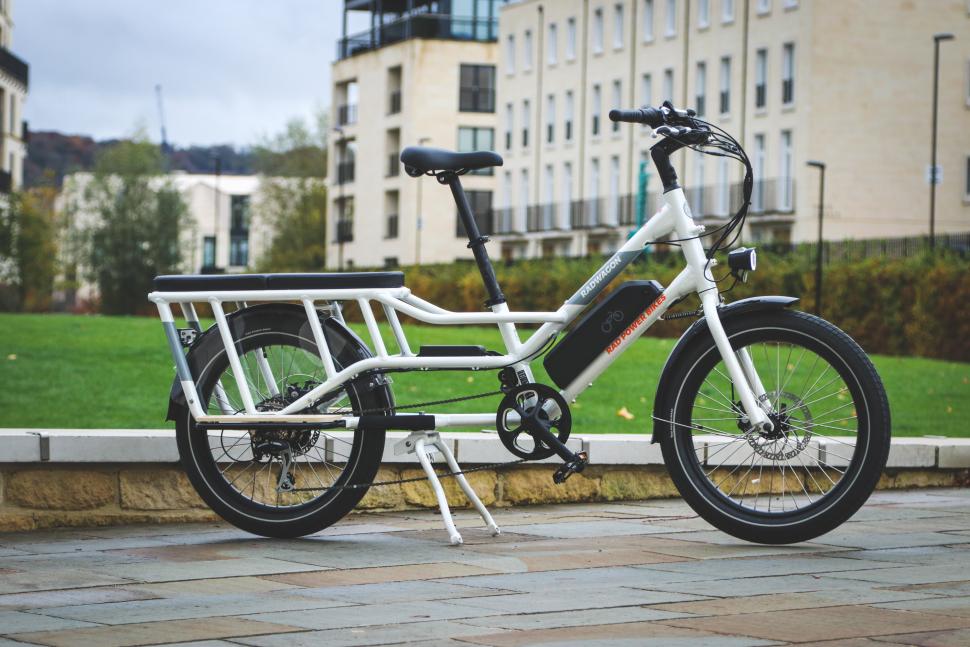
Add new comment
11 comments
A shame that recumbent bikes and trikes aren't included here, nor upright trikes. We're not all able-bodied after all
You appear to have neglected:
Upright trikes,
road recumbent delta trikes,
road recumbent tadpole trikes,
road recumbent bikes,
touring recumbent delta trikes,
touring recumbent tadpole trikes,
touring recumbent bikes,
Offroad recumbent delta trikes,
Offroad road recumbent tadpole trikes,
Offroad recumbent bikes,
Fat recumbent delta trikes,
Fat road recumbent tadpole trikes,
Fat recumbent bikes
Also folding recumbent bikes. Recumbent Brompton example: https://sevenleagueboots.wordpress.com/2011/08/28/lie-back-and-think-of/
(And then some recumbent touring trikes, for example, also fold.)
Hi...my girlfiend and i are looking to buy a hybrid bike which we can share. She will cycle to work and i will cycle back home as i drop our child to the nanny in the morning and she picks the baby up. She is 5,7 amd im 5,10. I am happy to change the seat before my use if needs be and adjust the height of it. Whats key is something lightweight and easy for both of us to ride on roads (no offroad terrain on out commute). Any help would be much appreciated.
Thanks
This puzzled me, but I guess the answer is you both work at the same place?
How about a Brompton? Certainly adjusts for all sizes, and if it's pissing with rain am or pm you can throw the bike in the car with the baby and all travel together for that leg. Depends on what you count as 'lightweight' of course!
Brompton, Dahon or Tern. If you value comfort then go for something with 20" wheels (Brompton's out then) and put Big Apple tyres under it. Mind, only if you don't need to ride far (I commuted 15 miles/day for a year on a 6-speed Brompton and am still here, but it got old fast). Advantages are that you can very quickly adjust the saddle height and it folds so can be stored in an office, apartment or the -large) booth of a car or on a train. Other than those things, nothing but disadvantages so pick your poison wisely.
Greetings from Norway!
Enjoy Road.cc immensely, but this guide is slightly outdated and does not quite serve its purpose.
I quote:
"...skinny tyres, usually 23mm or 25mm wide..."
"...The brakes on road bikes act on the rims as discs are not yet allowed in racing..."
"....Because they’re not intended for racing, sportive bikes can have disc brakes for all-weather control, and many do. "
Correct me if I'm wrong, but I dont think any of the major manufacturers fit 23mm tyres any longer.
Is there a good reason why you should call cyclo-cross bike a "gravel/adventure bike" other than marketing?
I don't see any noticable difference... Call me old fashioned.
It's like the difference between road racing bikes and the sportive bikes
True CX bike is a racing machine, it's not about a comfort. Gravel bike give you ability to use wide tyres. Also their geometry is more relaxed.
So you can call gravel bikes like "comfort CX bikes"
P.S. Some (lot?) of CX bikes a few years ago wasn't a true CX bike, they has mudguards holes, tyres clearance etc. So they actually were gravel bikes and those vendors just rename that models
Different geo - gravel is long and slack, CX short and pointy. Much more responsive steering on a pure CX bike, and stiffer than a gravel. And until recently CX bikes didn't fit really big rubber as they were built with UCI racing regulations in mind (maximum 33m tyre width). You'll certainly notice the handling and stiffness difference but agree, there's not much in it. I did RideLondon on a pure CX bike and didn't feel like it held me up versus a pure road bike on slicks. Can't overestimate the importance of comfort to performance on a long ride, we're not all pros who can tolerate 6 hours in a slammed position.